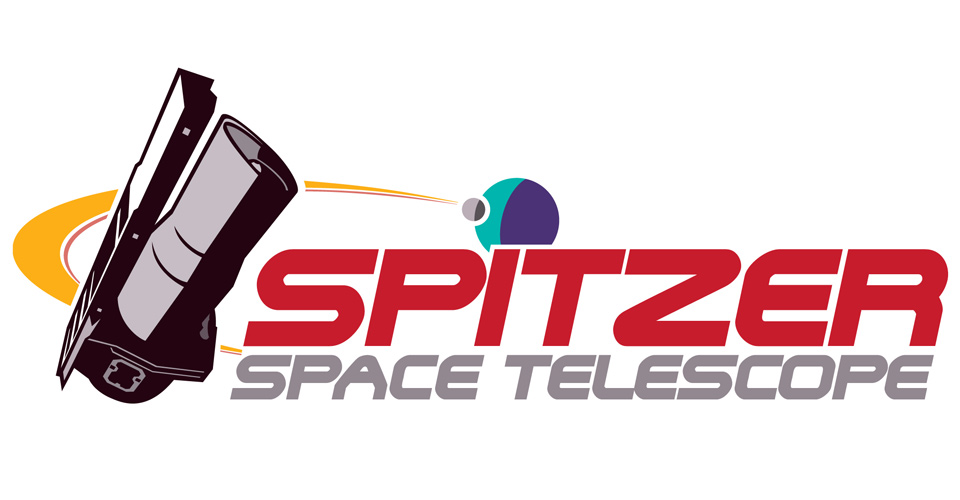28 October 2016
Future Spitzer Space Telescope Observing Opportunities
Lisa Storrie-Lombardi Las Cumbres Observatory
 The Spitzer Space Telescope has entered the "Beyond" phase of the mission – the final 2.5 years. The Cycle-13 call for proposals was the final comprehensive proposal call for Spitzer. Up to 7,000 hours of science can be executed in a year and over 14,000 hours were selected for Cycle-13. The Beyond phase of the mission is funded through the commissioning of the James Webb Space Telescope (JWST) in March 2019.
The Spitzer Space Telescope has entered the "Beyond" phase of the mission – the final 2.5 years. The Cycle-13 call for proposals was the final comprehensive proposal call for Spitzer. Up to 7,000 hours of science can be executed in a year and over 14,000 hours were selected for Cycle-13. The Beyond phase of the mission is funded through the commissioning of the James Webb Space Telescope (JWST) in March 2019.
To support emerging science opportunities that could not have been proposed in Cycle-13, we have updated the Director’s Discretionary Time (DDT) proposal handling process as follows:
- DDT proposals may continue to be submitted at any time.
- The review of time-critical proposals will continue to be done immediately.
- Proposals that are not time critical will be reviewed on a structured schedule. The DDT review deadlines are:
28 February 2017 • 12 September 2017 • 10 April 2018 - Proposals of any size may be submitted. It is expected that ∼500 hours will be awarded in each of the 2017 reviews, and 1,000–2,000 hours in the 2018 review. A very compelling larger program can be considered in 2017.
- The default proprietary period for all DDT programs is zero days but a maximum 90-day proprietary period can be proposed.
- DDT requests must include:
- A justification for why the proposal could not have been submitted in Cycle-13.
- A designation of time criticality, i.e., does the proposal need immediate review or can it wait until the next scheduled DDT review.
- A strong scientific justification
- A description of the long-term legacy value of the program.
- Completed Astronomical Observation Requests (AORs). No generic targets or ToO observations should be proposed.
- As in Cycle-13, priority will be given to programs that are innovative, support Astro2010 science themes, observe targets in our Solar System, and/or develop the scientific landscape that JWST will explore or will help maximize the JWST scientific return.
- The proposal must be submitted using the new DDT proposal template and follow the page limits and other instructions in the DDT proposal guidelines available on the Proposal Kit webpage.
- DDT proposals must be submitted via the DDT submission webpage.
Please consult the Proposal Kit webpage for more information and direct any questions to the Helpdesk ([email protected]).

